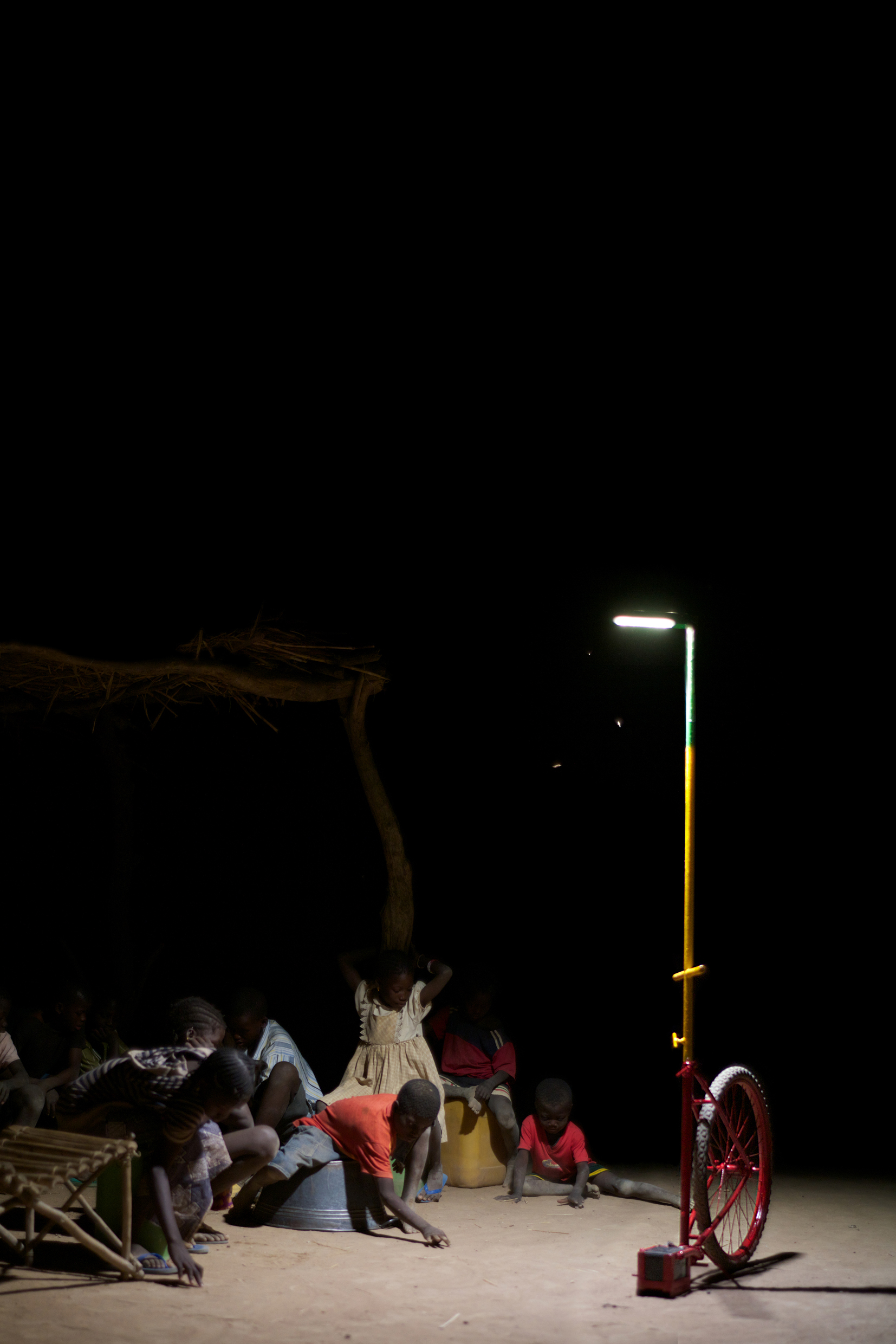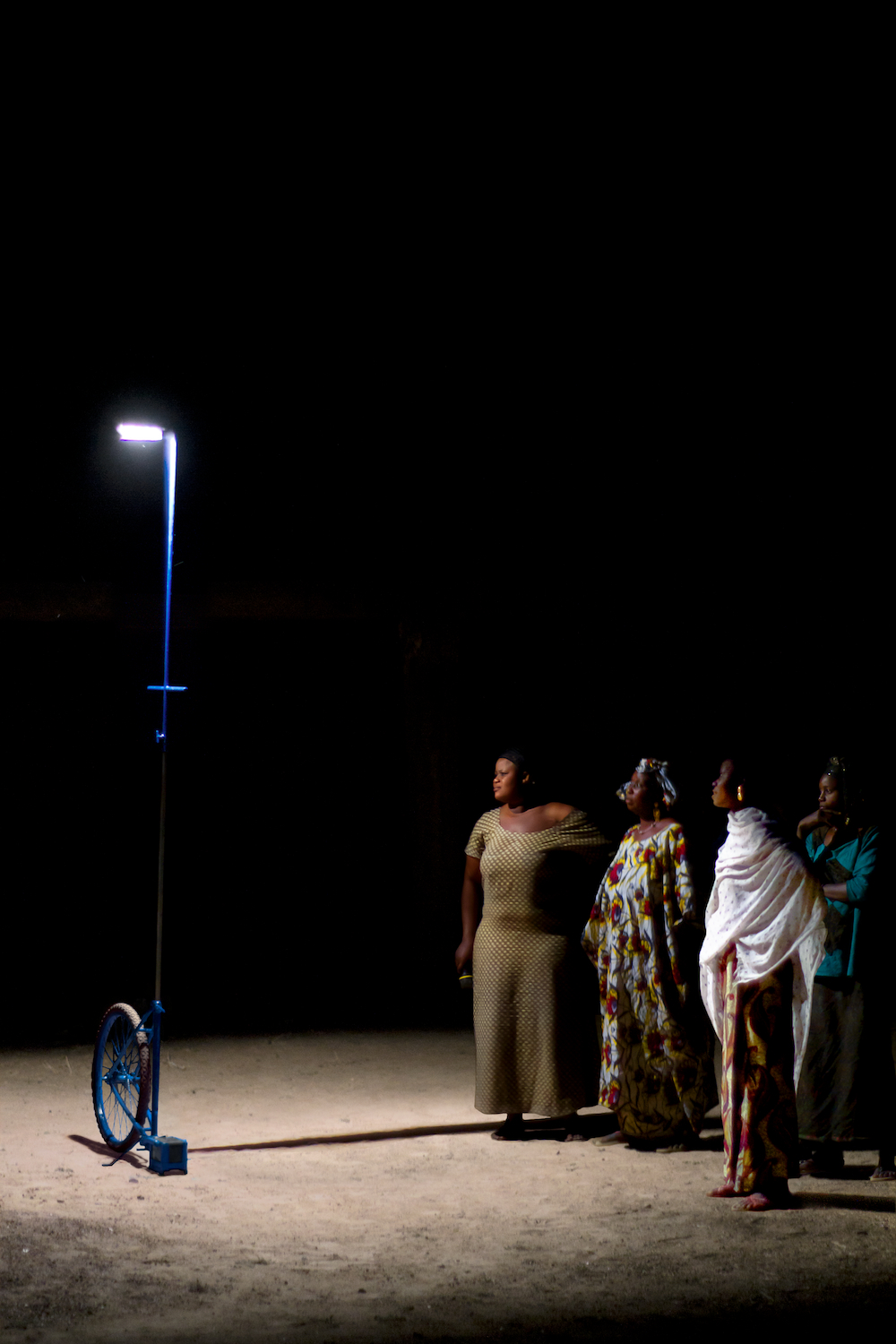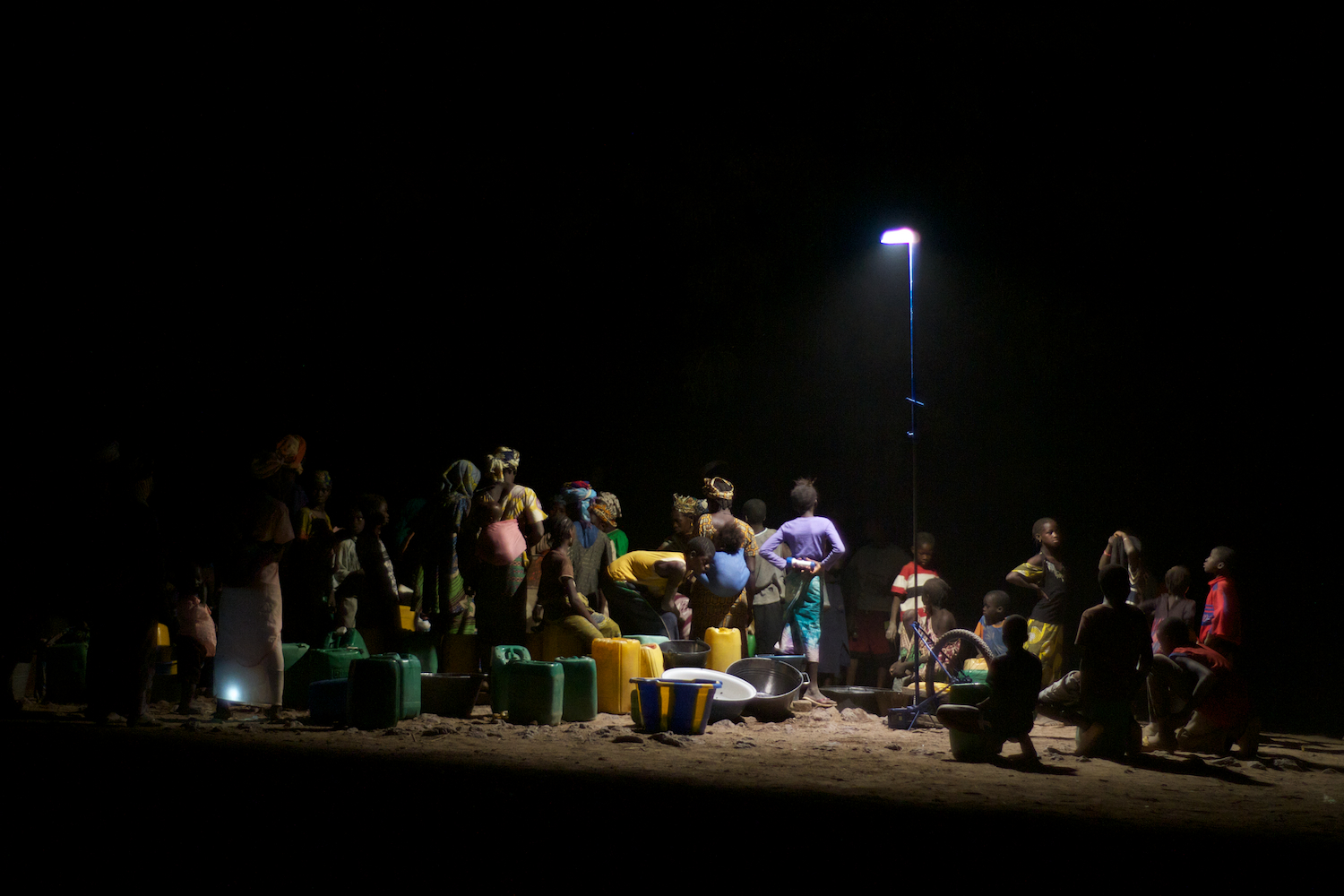DATABASE
Foroba Yelen collective light for rural Mali
completed
Country
Mali
Budget
0 - 500.000 $
Year
2010
Issue
Solutions
Link
www.eland.org
Abstract
Foroba Yelen is the name by which villagers have welcomed the lighting tool created by italian architect Matteo Ferroni after two years of anthropological studies in rural Mali, exploring the cultural dimension of the light. Locally made, the tool had spread in fifteen villages in the region of Segou integrating into work, social life and religion.
Project Description
The project aims to develop a model to provide light in rural Mali in harmony with local culture and nature. Considering light as a cultural phenomena, italian architect Matteo Ferroni introduced the concept of collective light and created an appropriate lighting tool after running and anthropological study on rural communities. The collective light concept extends to technologies the culture of customary groups and represents a response to conventional public lighting solutions. The portable lamps are tools owned by the village to brighten activities, rather than public fixtures installed to brighten spaces. Ferroni created the first prototype from a bicycle. Then we trained local artisans to manufacture the lamps and developed - with the expertise of european engineers - LED units that could be assembled and fixed by local radio/TV repairmen. A youth association was established and trained as interface between the villagers and the craftsmen, namely to supply raw materials to the artisans and deliver the finished lamps to women associations. Each women association appointed a committee who establish allocation criteria of the lamps through a rent-out model and manage the generated incomes. An operator is appointed within the committee to maintain the lamps and charge the batteries. In three years we implemented the project in the Commune Rurale de Cinzana (Segou) delivering 105 lamps to 25 villages and 3 health care centres and monitored their integration to village's life.
BENEFICIARIES
First beneficiaries are women associations who own the lamps and craftsmen who manufacture them. Moreover the whole community uses them as a working tool and religious instrument e.g. teacher, doctor, midwife, imam, butcher, mason, veterinarian, mill operator, weddings, funerals, baptisms, Ramadan
Results
We referred to Villavicencio method to assess viability of technology and sustainability of rural livelihoods. The community manufacture, operate and fix the lamp. Average costs per lamp is 240$ (100$ artisans earnings). Women gain access to technology and get additional incomes through the rental (500CHF to 3.000CHF/day) (MDG3). The lamps are a working tool that widen income sources: families hire the teacher to give an evening class (MDG2), the veterinarian is payed to vaccinate poultry at night, Traditional Childbirth Attendants use the lamp (MDG5). They are often rented for funerals and weddings with a consistent economic impact (3.000CHF/day) if compared to usual power-generator/neon kit (7.000CHF/day). On energy impact (MDG7) we observed that 4 collective lamps entrusted to the village will fulfil community needs better than 20 fixed lamppost. Considering that Mali has 20.000 villages the potential energetic saving is huge (80.000 portable lamps vs 400.000 lampposts)
Business Model
It's a circular model of production-allocation-utility. Local craftsmen earn money through the pay-back system to fabricate the lamps. Women, youth and local authority sign a social contract that rises their social profile. Women Associations solicit the lamps to the Mayor who appoints a youth association to organise production and delivering. Women Associations will pay-back by renting out the lamps to the villagers for working tasks or ceremonies (which move a consistent amount of money).
Lessons Learnt
The collective ownership of a technology leads to a rational use of energy and foster unity, while personally owned technologies can generate conflicts and public owned technologies lack in maintenance. We developed two types of LED units,a pre-assembled durable one and a locally assembled fragile one. We noticed that the latter is always repaired, so in a long-term durability, easy to fix technology is effective. The open chain of several workshops was better than trying to setup a custom workshop to manufacture the lamps. The open chain worked perfectly with frequent unexpected events and with artisans social duties (family or religion issues).
Key Feature
Considering the cultural dimension of technology can lead to unexpected solutions. So it is for the collective ownership of technology, where few collective lamps are more useful than dozens of public lampposts. So it happen in religious events when a night burials or a night prayer in the mosque have a much greater economic and social impact than many practical uses. The project has an immediate application because it fits with the social context and the manufacturing practice of West Africa. The community make the lamps, own them and fix them. We identified the “Commune Rurale” as the administrative and social community to implement the project to make the experience replicable in any “Commune Rurale” of Mali and neighbor countries.
Other significant information
Handbook Fondazione eLand will release a handbook to allow any community or organisation to replicate the whole experience. The book will feature the conceptual framework, the fabrication instructions and the outcomes of the projects. It will be written in english, french and portuguese. Awards The project won an Honourable Mention at the City to City Barcelona FAD Awards 2012 and the Lamp lighting solution Award 2013. Partnerships The project has the support of the prestigious cultural institutions FAD Fostering Arts and Design (Barcelona) and Haus der Kulturen der Welt (Berlin).
Main Donor
Fondazione eLand
(Private sector)
Implementing Actor
Fondazione eLand (Private sector)



